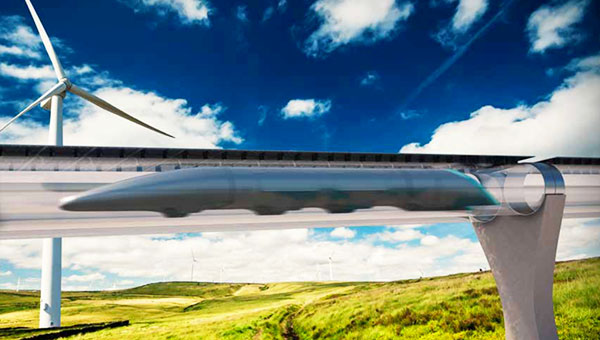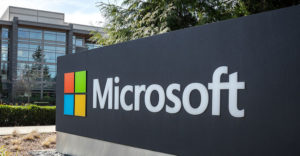The Hyperloop — the high-speed transportation concept Elon Musk has promoted heavily — is edging closer to becoming a reality.
Russia plans to develop a Hyperloop network for freight transportation, the country’s transport minister announced Friday.
MIT last week unveiled its Hyperloop Pod, a prototype of its award-winning design concept intended for human travelers.
Hyperloop One recently announced US$80 million in Series B financing and demonstrated its groundbreaking technology. When completed, its system will be able to transport passengers from Los Angeles to San Francisco in half an hour.
During a live test in the Nevada desert, engineers successfully tested a propulsion system that accelerated a metal sled up to 116 miles per hour in 1.1 seconds. The company plans a second-phase demonstration by the end of the year.
Hyperloop One is participating in privately funded feasibility studies to determine whether there are benefits to Hyperloop routes in Finland and Sweden. The firm also is partnering with FS Links to show the potential of a Stockholm-to-Helsinki route.
In addition, it is teaming with Arctural Sustainable Cargo to develop a sustainable cargo transport plan for the ports of Los Angeles and Long Beach.
Musk’s Vision
Formerly known as “Hyperloop Technologies,” Hyperloop One is developing the technology originally envisioned by Musk and others as a way to compete with domestic airline and car travel. Hyperloop tech theoretically can move passengers at hypersonic speeds between major cities in the U.S. and around the world.
The company’s latest round of financing came from existing investors Sherpa Ventures, EightVC, ZhenFund and Caspian Venture Partners, as well as new investors 137 Ventures, Fast Digital, Western Technology Investment, SNCF, the French national rail company and GE Ventures.
Hyperloop One also announced a series of development partners, including construction firm AECOM, underground construction company Amberg Group, design firm Arup, architectural firm Bjarke Ingels Group, Deutsche Bahn Engineering and Consulting, consulting firm Systra and tax consulting firm KPMG.
Musk, who began championing the development of the Hyperloop technology several years ago, has tapped into a consumer market that is ready to move beyond the days when the car is the dominant form of transportation, said Paul Steely White, executive director of Transportation Alternatives.
“I think what Musk is doing is really showing how flat-footed our country has been in terms of transit innovation,” he told TechNewsWorld.
The Hyperloop One team has managed to connect with the “functional as well as the emotional side of the brain,” said Vishwas Shankar, mobility research manager at Frost & Sullivan, who met with the company’s executives at the recent SAE 2016 World Congress in Detroit.
With the ability to reach speeds exceeding modern passenger flights, this new technology could be the answer to air travel people are seeking, he told TechNewsWorld.
“Also, from an overall ecosystem standpoint, the current U.S. government is trying to crack down on pollution from different modes of transportation,” noted Shankar, “and Hyperloop mode is positioned to offer better CO2 levels” compared to air travel.
Rival Technology
Meanwhile, Hyperloop Transportation Technologies has announced a base technology for its passive magnetic levitation system, originally developed by physicistRichard Post and Lawrence Livermore Labs, as part of the Inductrack system.
HTT has been working with Lawrence Livermore over the past year to develop and test systems using the passive magnetic levitation technology, and the company has obtained an exclusive license to the system from the lab.
The passive magnetic levitation system is a safer and less expensive technology than active magnetic levitation systems like maglev, according to HTT.
Levitation occurs only through movement, explained Bibop Gresta, chief operating officer of HTT. Therefore, if any power failure should take place, the Hyperloop pods would continue to levitate and would touch the ground only after decelerating to minimal speeds.
In January, HTT applied for permits to construct a passenger track in Quay Valley, California, near the Interstate 5 Freeway. The company plans to begin construction during the quarter ending June 30.
It plans to have first optimizations of the track in 2017, and to open the facility to the public by 2018.
HTT earlier this year signed an agreement with the Slovakian government to build a local Hyperloop system that it said would lead to the first such track in Europe.
A trip between Bratislava and Kosice, which are about 400 kilometers (250 miles) apart, could be shortened to 25 minutes, compared to a typical 4 1/2 hour drive.






















































